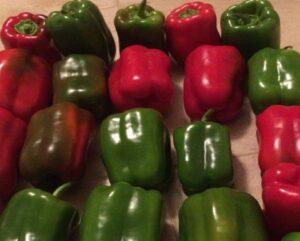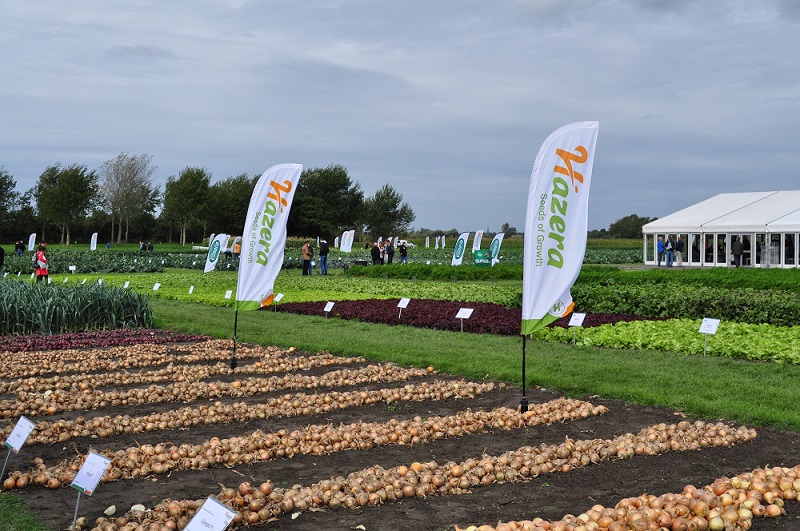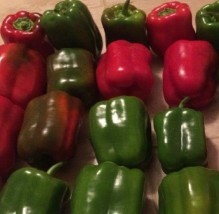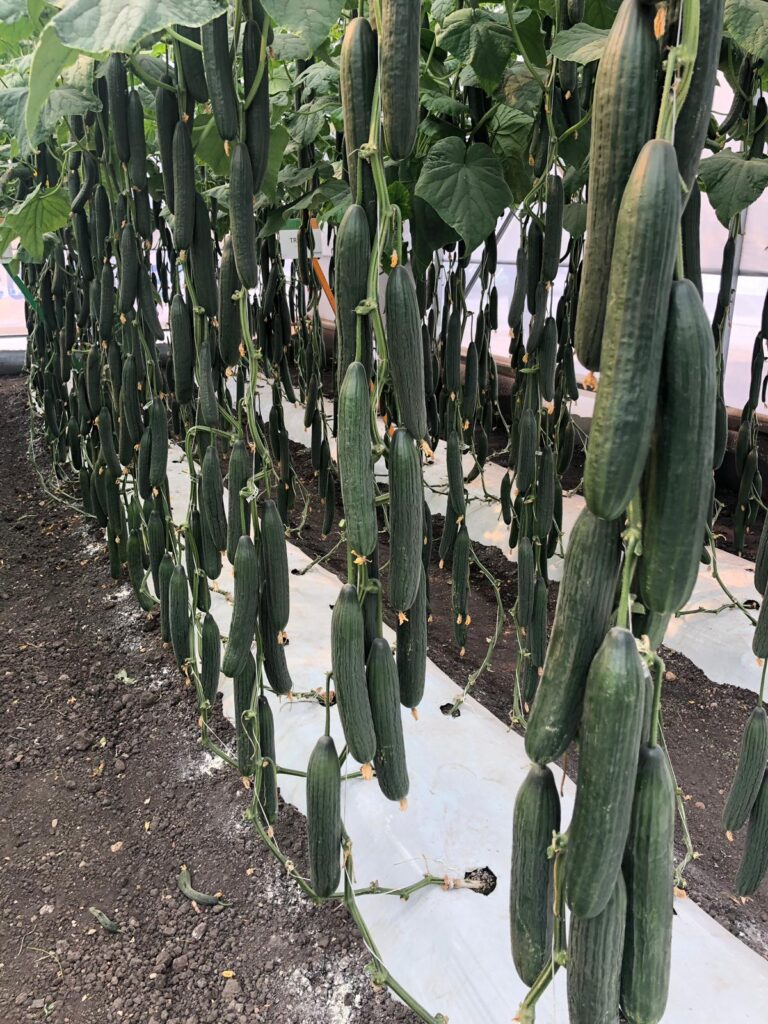Technological advancements have made it possible to develop new pepper varieties according to the needs and trends in different markets. Interview with Serge Benarous of Hazera.
There are a lot of ways to learn about a country’s culture. Apparently one of these ways is to look at their preferences in the peppers they consume. We interviewed Serge Benarous, Pepper Global Product Manager at Hazera, who explained how the international seed industry is developing different pepper varieties for different markets.

Another American trend in the pepper industry is peppers which are filled (with meat, rice, etc.) and sold frozen. Hazera has developed a pepper variety particularly for this purpose. “Our brand new Josh pepper, now launched in the U.S. market and sold in California, is picked when already red, not green, and is exactly the right size for this purpose, it is not intended to reach the consumer as is,” says Benarous.
Hazera’s experience in the industry give it the ability to develop varieties for different market needs. The company holds a 10% share of its international pepper seed target market. Hazera is currently developing a number of R&D projects for pepper crop, spread worldwide.

Another brand new addition to Hazera’s pepper family is the Tzalaf variety, which is being grown today in Israel’s southern Arava region, and will be marketed in Europe in the coming months. “The Europeans are looking for medium sized peppers, around 190 grams rather than the very large 280 gram peppers,” explains Benarous. This is due to a number of factors, including price, the room the fruit takes up in the fridge and so on. Tzalaf was developed to meet the European consumer’s preferences exactly.
Culinary preferences in Turkey, Greece and the Balkans have led Hazera to develop peppers of the Kapia type, which are conically shaped, such as the Darovita variety. “This Kapia type of pepper has been growing in these areas for hundreds of years,” explains Benarous. “The typical dishes that have emerged from these countries are therefore suited to this type of pepper, which is not too large, and had a thinner skin, so that the pepper’s skin and the stuffing achieve the desired cooking stage at the same time.”
“So as you can see, we can say ‘show me your pepper and I’ll tell you where you’re from’,” concludes Benarous.









